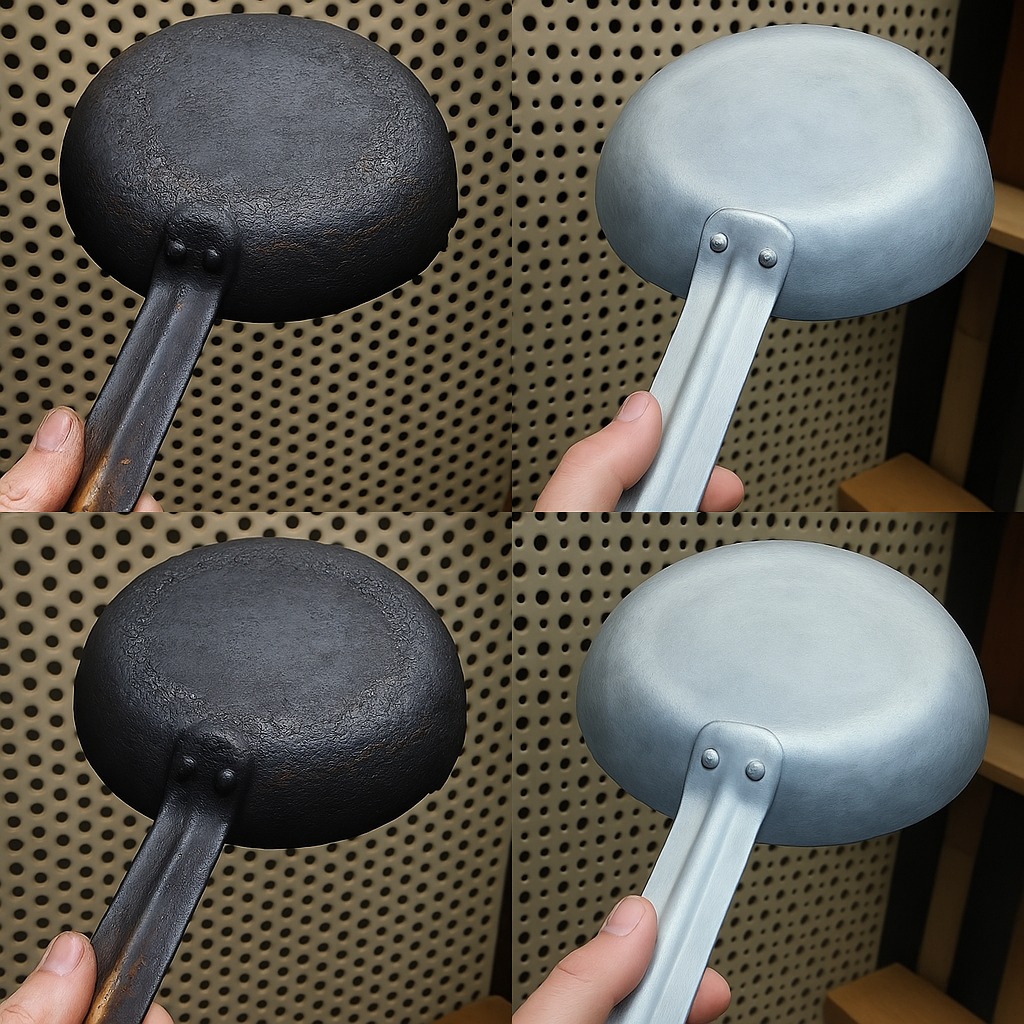ADVERTISEMENT
### Understanding Non-Stick Cookware
Non-stick pans are designed to prevent food from adhering to their surface, making cooking and cleaning more manageable. However, concerns have arisen regarding the potential health risks associated with traditional non-stick coatings, such as those containing polytetrafluoroethylene (PTFE). Studies suggest that overheating PTFE-coated pans can release harmful fumes, leading to symptoms like “Teflon flu,” which includes fever, chills, and respiratory distress. citeturn0news18
Moreover, the production of PTFE involves toxic chemicals that can adversely affect the environment. citeturn0news14 Given these concerns, many individuals are seeking safer, non-toxic alternatives to achieve non-stick cooking surfaces.
—
### Techniques to Create Non-Stick Surfaces
**1. Seasoning Your Pans**
Seasoning is a process that involves applying a layer of oil to the pan and heating it to create a natural, non-stick coating. This method is particularly effective for cast iron and carbon steel cookware.
**Steps to Season a Cast Iron Skillet:**
1. **Clean the Pan:** Wash the skillet with hot, soapy water to remove any factory residues. Dry thoroughly.
2. **Apply Oil:** Using a paper towel, apply a thin layer of oil with a high smoke point (such as canola, vegetable, or flaxseed oil) to the entire surface, including the handle.
3. **Heat the Pan:** Place the oiled skillet upside down in an oven preheated to 375°F (190°C). Place a sheet of aluminum foil on the lower rack to catch any drips.
4. **Bake:** Bake for one hour.
5. **Cool Down:** Allow the skillet to cool in the oven.
Repeat this process 2-3 times to build a durable non-stick layer. citeturn0news17
**2. Utilizing the Leidenfrost Effect with Stainless Steel Pans**
Stainless steel pans can be made temporarily non-stick by leveraging the Leidenfrost effect, where water droplets form beads and dance on a sufficiently heated surface.
**Steps to Prepare the Pan:**
1. **Preheat the Pan:** Heat the stainless steel pan over medium heat for 2-3 minutes.
2. **Test with Water:** Flick a few drops of water onto the pan. If the droplets sizzle and evaporate, the pan is ready.
3. **Add Oil:** Pour a small amount of oil into the pan, swirling to coat the surface. Heat until the oil shimmers.
For Complete Cooking STEPS Please Head On Over To Next Page Or Open button (>) and don’t forget to SHARE with your Facebook friends
